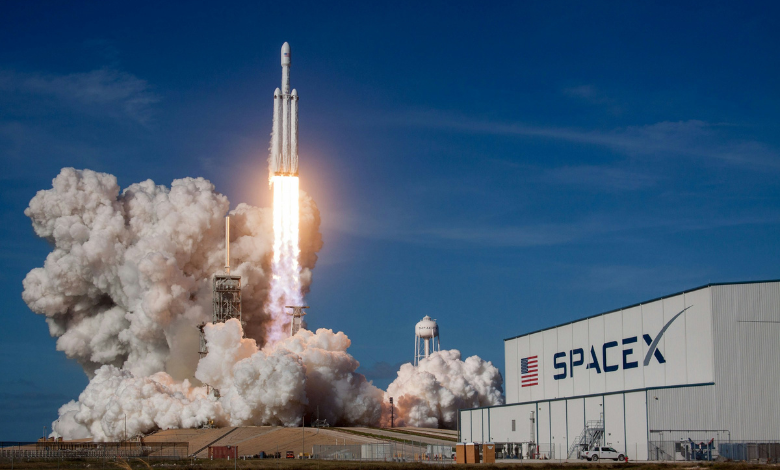NASA’s PACE satellite mission can answer urgent questions about climate change

NASA’s PACE mission, the Plankton, Aerosol, Climate, ocean Ecosystem satellite, launched successfully into orbit aboard a SpaceX Falcon 9 rocket from Space Launch Complex 40 at Cape Canaveral Space Force Station in Florida at 1:33 am EST on Thursday.
The mission seeks to study ocean health, air quality and the effects of a changing climate for the benefit of humanity. From hundreds of miles above Earth, the satellite is set to study the impact of tiny things: microscopic life in water and microscopic particles in the air.
“Congratulations to the PACE team on a successful launch. With this new addition to NASA’s fleet of Earth-observing satellites, PACE will help us learn, like never before, how particles … can identify key factors impacting global warming,” said NASA administrator Bill Nelson.
Does climate change impact interactions of ocean and atmosphere?
The satellite’s hyperspectral ocean colour instrument is expected to enable scientists to track the distribution of phytoplankton. Scientists and coastal resource managers can use the data to help forecast the health of fisheries, track harmful algal blooms, and identify changes.
Phytoplankton play a significant role in the global carbon cycle by absorbing carbon dioxide from the atmosphere and converting it into their cellular material. These tiny organisms drive larger ecosystems that provide resources for food security, recreation and the economy.
The spacecraft also carries a couple of polarimeter instruments – capable of detecting how sunlight interacts with particles in the atmosphere and give researchers new data on atmospheric aerosols and cloud properties, in addition to air quality.
PACE mission goes beyond its immediate purpose
The combination of the instrument and the polarimeter is expected to help the satellite mission provide interesting insights into the interactions of the ocean and atmosphere, and how climate change impacts these interactions.
It is indisputable that the planet is undergoing significant climatic changes and the need to understand these changes has never been more urgent. The data acquired from the PACE mission could assist in creating practical solutions to fight the climate crisis.
Nonetheless, the satellite mission goes beyond its immediate purpose of understanding Ocean health, air quality and the effects of climate change. It serves as a foundation for subsequent scientific exploration and can help policymakers do better.
Read More: Indian institute asks students, staff to stop ironing clothes to reduce carbon emissions



